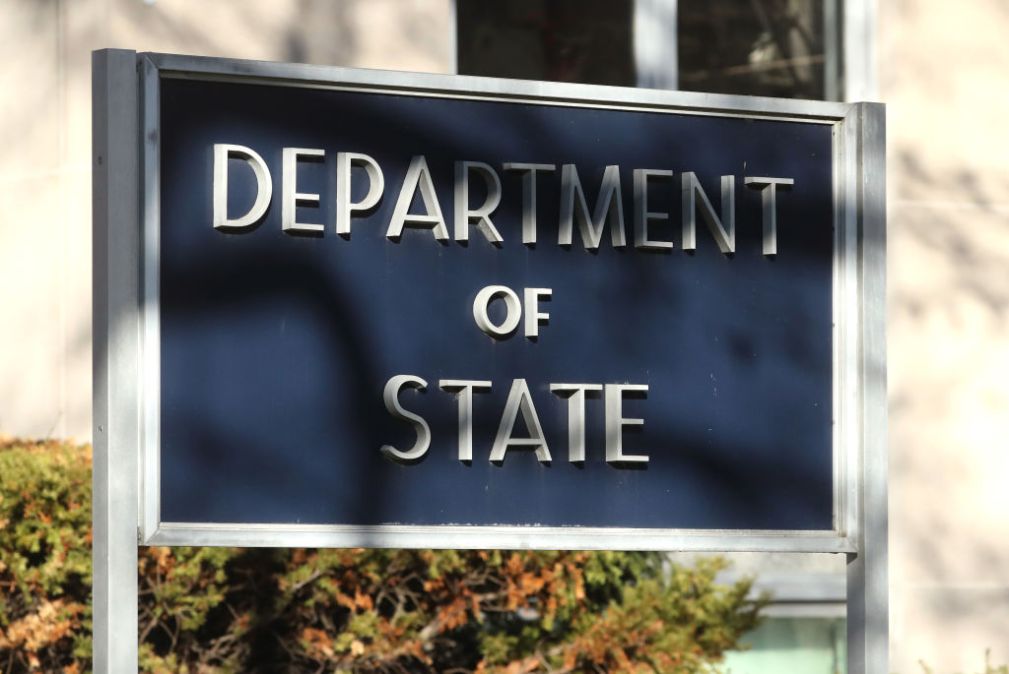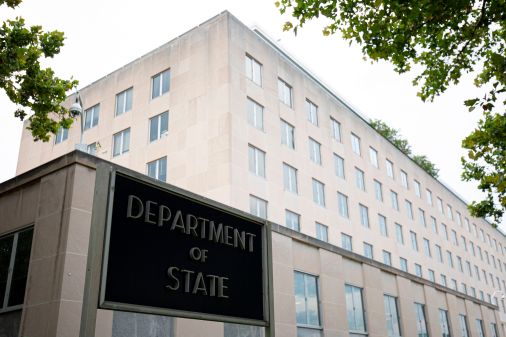A requiem for innovation: Bidding farewell to State’s Office of eDiplomacy

The U.S. Department of State recently made the quiet but consequential decision to close the Office of eDiplomacy — an office that, for over two decades, stood as one of the few institutional footholds for innovation inside American diplomacy. As someone who witnessed its impact firsthand, I believe this moment deserves more than a line in an internal memo. Sadly, it deserves a requiem.
Following the recommendations of a Blue Ribbon Panel created in the aftermath of the 1998 U.S. Embassy bombings in East Africa, the department recognized the urgent need to modernize its knowledge-sharing, communication, and information management practices. In 2002, under the leadership of Ambassador James Holmes, the eDiplomacy Task Force was launched to meet that challenge. Just one year later, in 2003, that task force was reorganized into a permanent unit: the Office of eDiplomacy. It punched above its weight. It was the department’s applied technology “think-do tank” and its advocate for modernization. It asked hard questions about how diplomacy should evolve — and quietly built the tools to answer them.
The achievements of eDiplomacy were not hypothetical. SearchState brought modern web search capabilities to the department’s intranet, allowing diplomats to access sensitive information vital to advancing U.S. interests overseas. Diplopedia gave the department its first collaborative knowledge base, hosting thousands of articles with department knowledge found nowhere else. The Virtual Student Federal Service opened the door for thousands of college students to support American diplomacy remotely — long before remote work was normalized — and delivered voluntary work valued at tens of millions of dollars to the departments of State and Defense and a host of other federal agencies. eDiplomacy started and spun-off the transformational TechCamps initiative, linking civil society and technologists around the world to solve pressing local problems with global tools — a program halted in the first days of the Trump administration. And eDiplomacy’s pioneering work with data analytics and GIS helped other bureaus integrate these powerful technological tools.
Where other offices suffered under broken workflows and siloed systems, eDiplomacy championed user experience and knowledge retention as essential to diplomatic success. It showed that good policy depends on accessible information and that institutional memory is power. eDiplomacy’s human-centered, agile approach made the department smarter, faster, and more resilient. Its platforms weren’t just functional — they were built for the people who used them, often with direct input from the field. Through the department’s Innovation Fund, eDiplomacy provided seed money and advocacy for user-led projects at overseas posts and domestic bureaus. One of the most impactful was U.S. Embassy Beijing’s air quality monitor, whose public readings compelled the Chinese government to tackle dangerously unhealthy air pollution afflicting embassy families and every resident of and visitor to the capital. The department expanded that program to many more countries for impactful results until also cancelling it this year.
eDiplomacy was also instrumental during the COVID-19 pandemic, helping rapidly deploy secure digital collaboration platforms when the world went remote, enabling embassies and consulates to still deliver on their mission for the American people during the unprecedented crisis.
The story of eDiplomacy is a story of a counterculture embedded within the State Department’s byzantine IT structure — a group of technologists and innovators who worked inside a bureaucracy not always ready for them. It nurtured a culture of experimentation and openness rarely found in government. Often, they were ignored or sidelined. Their tools won users but not always champions. Their insights illuminated blind spots, but their warnings sometimes went unheeded.
Those who worked closely with eDiplomacy know the skepticism it sometimes faced from within the department’s technology structures. It didn’t have the headcount, budget, or organizational clout to match its ambitions — and in some circles, that bred cynicism. But eDiplomacy was scrappy. It was often the only part of the Diplomatic Technology Bureau advocating for the user — for clear communication, intuitive platforms, and inclusive design. Now that it’s gone, who will speak for the user?
The decision to shutter this office came as part of the department’s April 2025 reorganization — a sweeping effort to streamline operations by eliminating more than 100 offices and reducing domestic staffing. While efficiency is a worthy goal, it should not come at the expense of sacrificing proven capacity for modernization. The closure of eDiplomacy is not just a bureaucratic adjustment — it’s a retreat from strategic foresight and the cancellation of a team already advancing government efficiency.
In a world where authoritarian regimes weaponize technology, where AI reshapes influence, and where public trust hangs on transparent, responsive governance, we need more tech and innovation in diplomacy, not less.
eDiplomacy couldn’t tackle every problem. But it asked diplomats to think differently, and it gave them the means to try. Its closure risks not just the loss of effective and cost-saving programs, but the erosion of a mindset that dared to imagine a more agile, modern Foreign Service.
We should mourn the passing of the Office of eDiplomacy — not just for what it was, but for what it could still have become. Its legacy is a challenge to all of us who care about diplomacy’s future: to keep pushing forward, even when the institutional tide flows backward.
Innovation doesn’t die with an office. Employees frustrated with an inadequate status quo will continue to create and demand better tools and processes. But without champions like eDiplomacy fighting for better ideas, bureaucracy’s antibodies protecting the inefficient and often wasteful status quo will prevail.
Eric Nelson is a retired U.S. Ambassador, a former director of the Office of eDiplomacy and a recipient of FedScoop’s Federal Technology Leadership Award.






